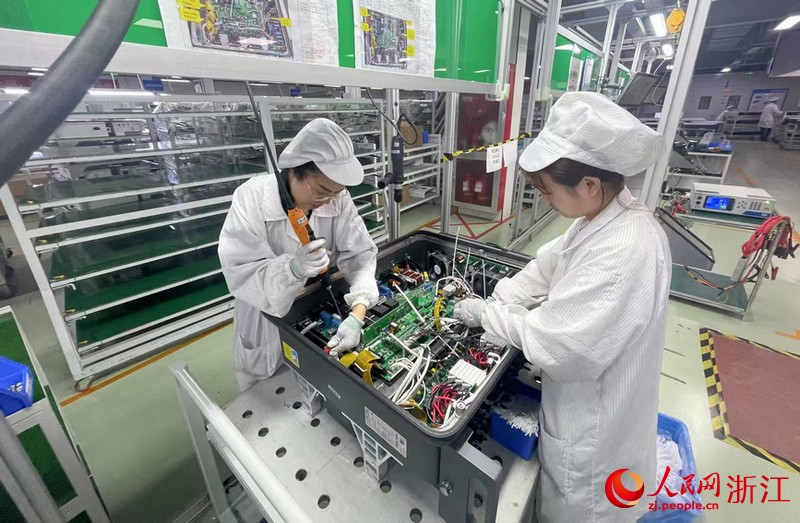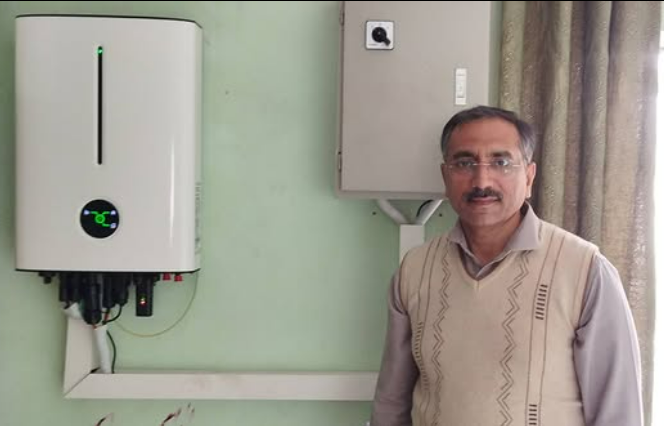In recent years, Hexing Electrical Co., Ltd. based in Hangzhou, east China's Zhejiang Province, has brought Chinese smart grid technology to over 110 countries and regions.
At 3 p.m., Xu Neng, regional director for South Asia at Hexing, powered up his computer at the company's office, just after returning from a trip to Myanmar. Colleagues from the company's Bangladesh subsidiary were already online, waiting for a meeting.
Xu oversees the overseas sales of intelligent power distribution, decentralized energy, and microgrid products and solutions. Over the past 17 years, he has traversed many countries and regions in Southeast Asia, South Asia, and the Middle East, leading teams that have built smart and green power networks using Chinese technology.
At a new energy exhibition in Yangon, Myanmar, a local telecommunications operator showed keen interest in the Chinese renewable energy solutions displayed at Hexing's LIVOLTEK booth.
"Myanmar's power grid supplies electricity for only two to four hours daily, while diesel generators cost as much as 2 yuan ($0.28) per kilowatt-hour," Xu said.

Workers assemble inverters at the assembly workshop of Hexing Electrical Co., Ltd. based in Hangzhou, east China's Zhejiang Province. (People's Daily Online/Wang Liwei)
"When we explained that photovoltaic (PV) power generation costs merely 0.3 yuan per kilowatt-hour, with investment recovery in just three years, they immediately decided to adopt our solution," he added.
Soon, solar panels, inverters, energy storage batteries, and other renewable energy equipment shipped from China will be installed at the Myanmar company's data center, forming an integrated microgrid that ensures a stable and secure power supply.
Thanks to the ongoing efforts of Xu and his colleagues, impressive results have been achieved. In Dhaka, capital of Bangladesh, an industrial park now has a rooftop distributed PV system from China, generating over 6,000 kilowatt-hours of electricity from solar energy every hour, significantly easing local electricity shortages. In Pakistan, more than 20,000 households have installed Chinese PV equipment, solving long-standing challenges related to electricity access and affordability.

Anwar, a Pakistani man, poses for a photo with newly installed photovoltaic equipment at his home. (Photo courtesy of the interviewee)
Xu still keeps a photo on his phone of a Pakistani customer named Anwar proudly posing beside his newly installed PV equipment.
"Previously, during summer, half my monthly salary went toward electricity bills. Now I save over 400,000 rupees ($1412) a year," Anwar said.
(Source: People's Daily)
